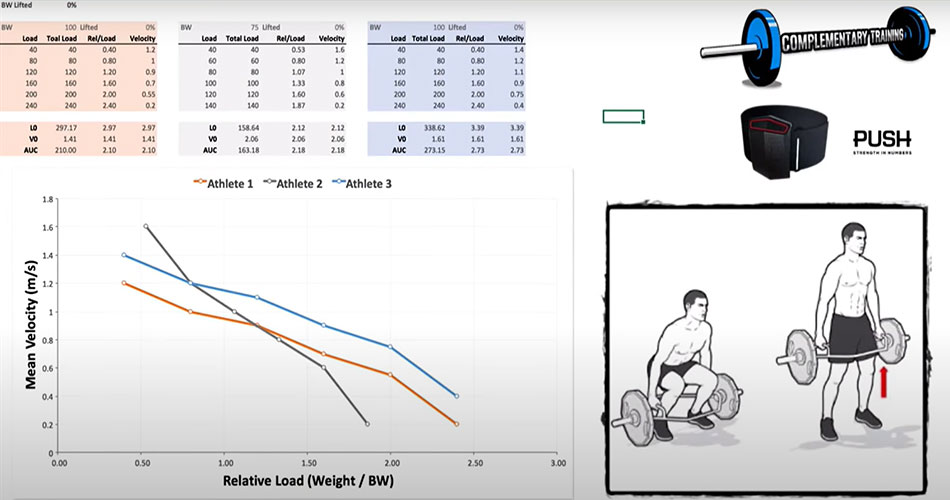Understanding Force-Velocity Curve Using Simple Mechanical Model
Few weeks back, I had an idea to test the hypothesis that Load-Velocity emerges regardless of the intrinsic force-velocity profile of the muscle. So, I have decided to test my hypothesis by using very simple mechanical model and simulation.
In the following video, you can see a simulation of three types of load (only inertial, only force and force and inertial), as well as four types of ‘force generators’ (constant, explosive, with viscose component, and explosive with viscose component). This is an excellent way to learn basic mechanical principles and it has set the stage for the next simulation I plan to do, in order to get more info on the mechanics of the jump, to figure out which muscle quality is the most influential on the vertical jump height. I will compare this to the research done by Samozino and JB Morin. Watch this space.
Click Here to Download the R Code for the Simulation: Download











Responses